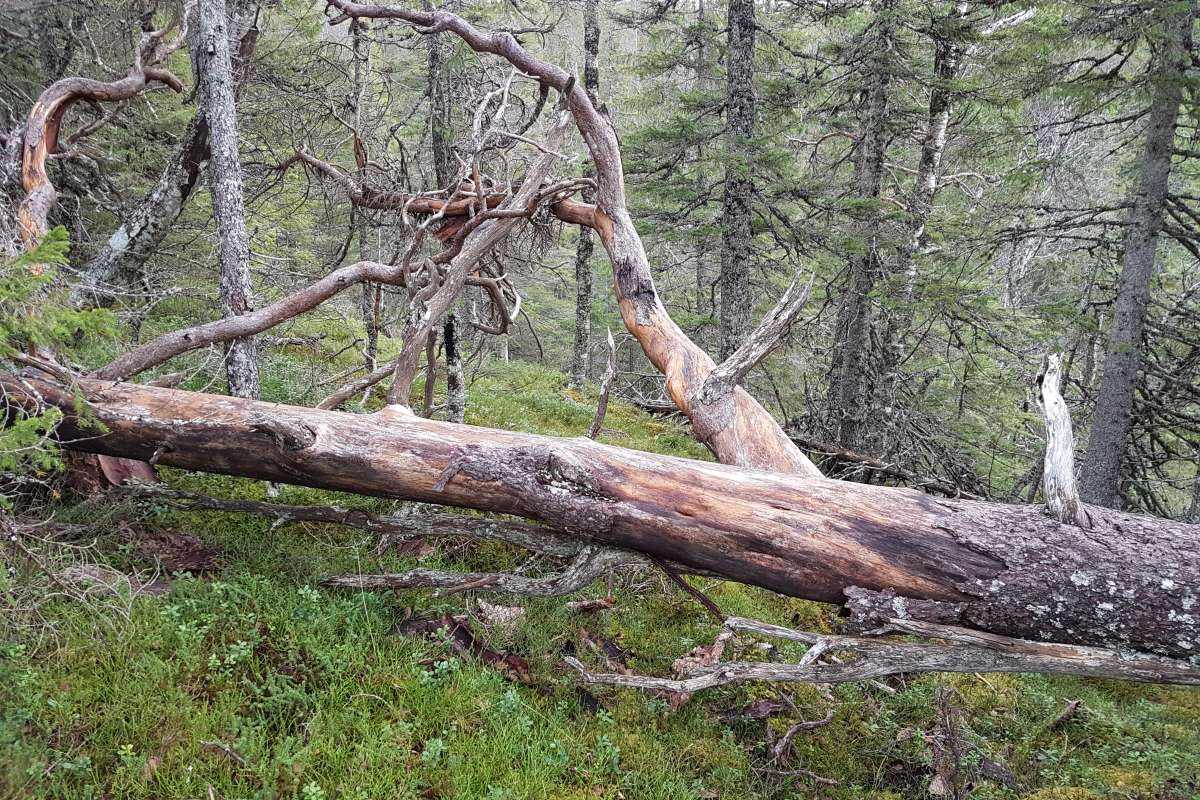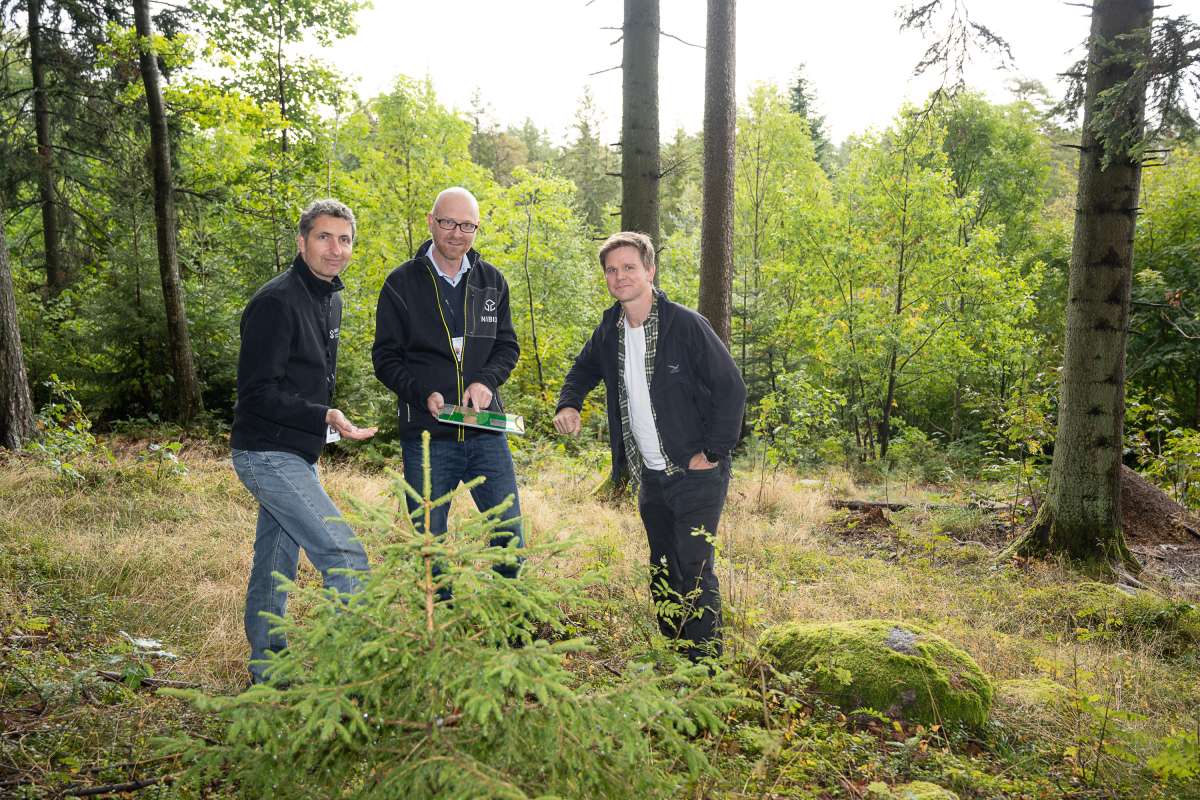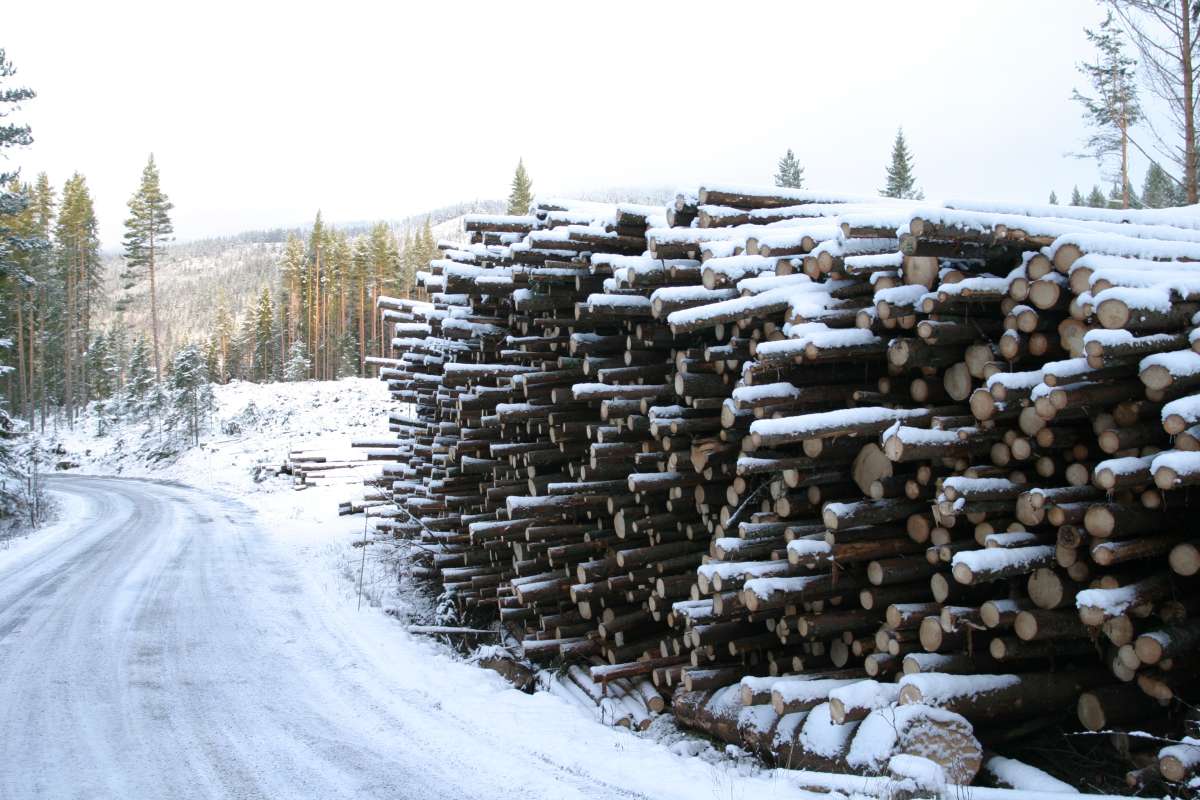What motivates forest owners to engage in early harvesting?
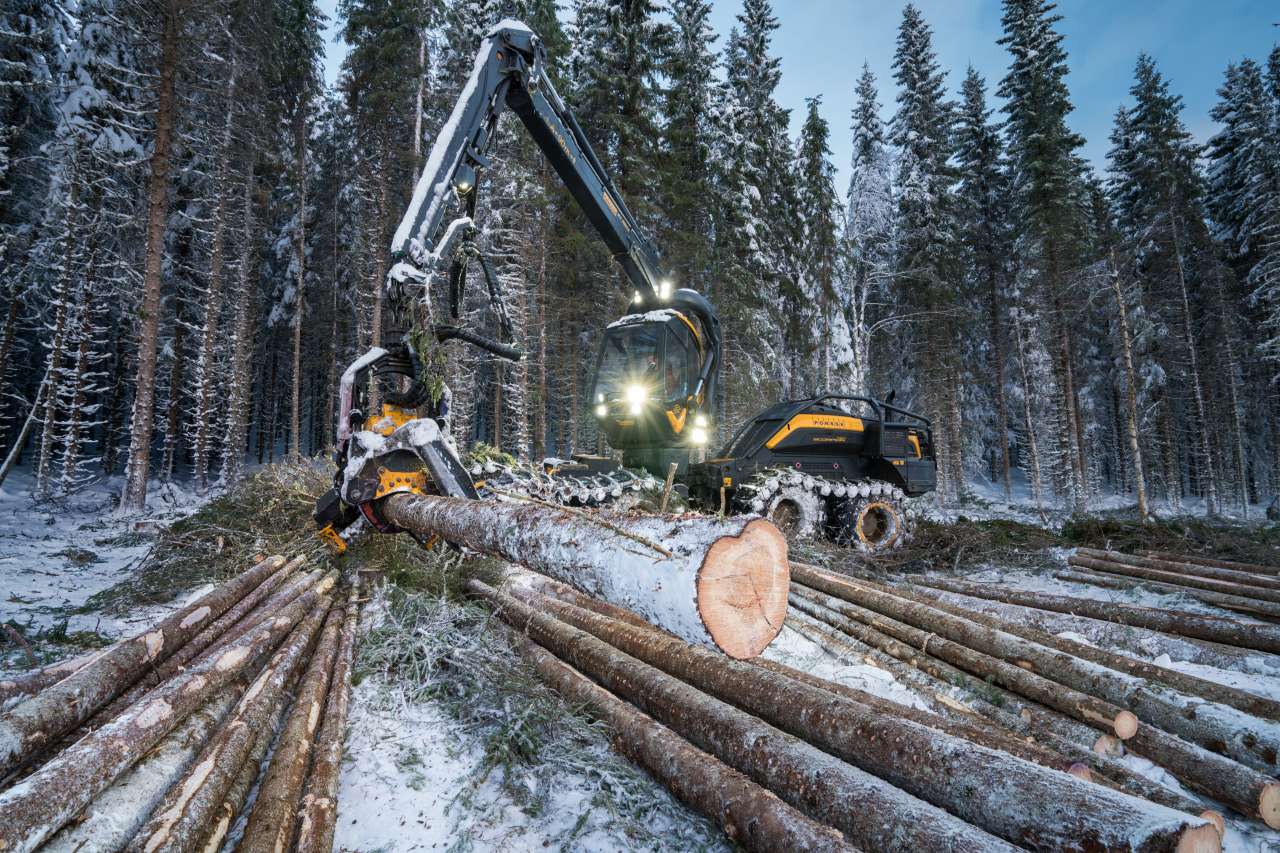
Numbers from Norway’s National Forest Inventory, and from the forest authorities’ quality monitoring regime, show that over 25 percent of the forest in Norway is harvested before reaching normal harvesting age. The extent of such early harvesting is particularly high in spruce forests of higher quality, especially prevalent on the West Coast. Photo: Steinar Johansen, Statskog
Healthy forests that grow well provide the highest timber yield, and capture the most carbon, when allowed to reach maturity before the final harvest. Nevertheless, many Norwegian forest owners choose to harvest their forest at an earlier timepoint. Why? A new survey indicates that other factors, such as forest damage, changes in land use, and the fact that neighbours are conducting logging, are the primary motivations for an early harvest. Acute financial needs, or a desire to swap tree species, are rarely the reasons for early harvesting.
Data from Norway’s National Forest Inventory, and from the forest authorities’ quality monitoring regime, show that over 25 percent of the forests in Norway are harvested before reaching maturity class 5, the development stage where the forests are normally considered ready for final harvest.
The extent of such early harvesting is particularly high in stands dominated by Norway spruce trees, with high site productivity index, and along the coast in Western Norway.
"If healthy forests are harvested before reaching maturity, this will result in reduced timber production, and a lower carbon uptake from those areas," says Research Scientist Helmer Belbo at NIBIO’s office in Steinkjer, in Central Norway.
To investigate the motives behind why forest owners still choose to harvest their forests earlier than what is considered optimal, Belbo and his colleague at NIBIO, Aksel Granhus, contacted forest owners, forest managers, and timber buyers from all over Norway.
In total, 1254 forest owners, 112 timber buyers, and 146 forestry managers participated in the survey.

Timber price is crucial for choosing time to harvest
The results show that 28 percent of the final felling area was in maturity class 3 or 4, while nearly three-quarters (72 percent) were in maturity class 5. Timber buyers and forest managers, on their side, estimated that 24 and 32 percent of the timber volume in their respective areas was cut in forests younger than maturity class 5.
"Early final harvests are often motivated by forest health problems, changes in land use, and neighbours harvesting. The latter is simply that the forest owner gets the felling done because the logging team is available in that area," Belbo explains.
Most of the early harvests are for new agricultural areas in Central and Northern Norway
The percentage of forest owners wanting to reassign all, or parts, of their harvested area for agricultural purposes, was six percent in Eastern Norway, 12 percent in Southern Norway, and 19-24 percent in Western Norway and northward.
"In contrast, when the final harvest was done at an earlier stage, reassignment was the motive in as much as half of the cases in Trøndelag and in Northern Norway," Belbo says.
In the rest of the country there was little difference between early and regular harvesting times.
The forest managers indicated that as much as 45 percent of the harvested forest area in maturity class 3, and 20 percent of the harvested forest area in maturity class 4, are reassigned – primarily for agricultural purposes. There was also a clear difference in the justification for logging between those who exclusively felled forests in maturity class 5 and those who also felled younger forests in the same logging operation.
"In the first group, good operational conditions, timber prices, and the fact that the forest was due for felling in their forest management plan, were the most important motivations for harvesting," says Belbo.
For those forest owners who had harvested their forest at an earlier stage, the recommendations in the forest plan were (naturally) less emphasized. The same applied for operational conditions and, to some extent, timber prices. Additionally, very few forest owners mentioned a desire to change tree species composition, or acute financial needs, as a motive for harvesting.
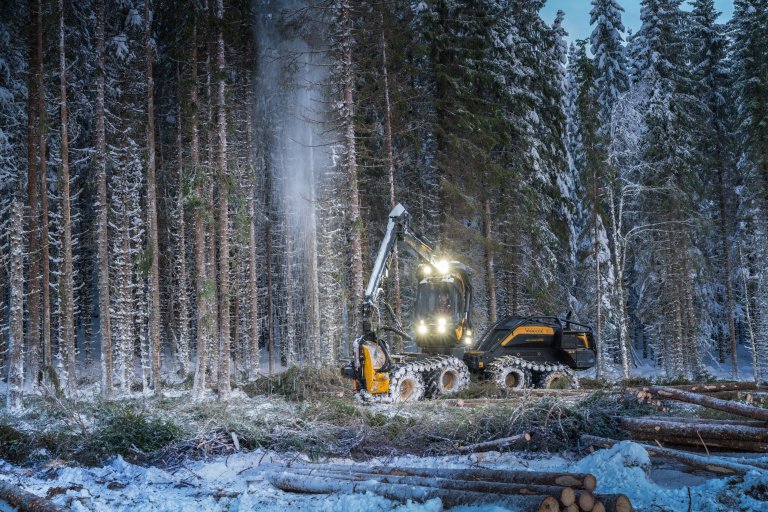
A good advice is to seek advice
More than half of the forest owners surveyed had consulted with others prior to the decision to harvest. The group most frequently consulted was the timber buyers, as also indicated by the responses from municipal forest managers. However, timber buyers themselves downplay their role and importance in the forest owner's decision to harvest or not.
"Since the forest owner is often motivated by either forest health challenges, or a desire to make a sound economic decision, good forestry decision support will contribute to good decisions," Belbo says.
Loss calculator available
The timing of harvesting has significant consequences for both the forest owner’s economy, national timber production, and carbon capture. The forestry extension service Skogkurs has therefore developed a guide; "Early Harvest – Consequences of Choosing Logging Age" (in Norwegian), and a separate calculator that helps the forest owner estimate how much they lose by harvesting the stand 5-20 years before the normal maturity age.
"The loss calculator is a valuable tool, both for forest owners and forest managers, when it comes to assessing the economic consequences of different harvesting times," says Belbo.
A challenge for both forest owners and their advisors is that the loss calculator assumes that the forest follows normal development.
"However, there are no decision support tools to rely on in order to assess whether forest health challenges in standing forests younger than maturity class 5 justify early logging or not," Belbo says.
In other words, the forest owner is then at the mercy of their own, or at their advisor's, judgment, when determining whether the forest should be harvested, or allowed to continue growing.
"Even though the advisor has significant training and expertise, such assessments are often quite challenging. Better tools will most likely provide a better basis for determining whether an early harvest is a good management measure or not, in the cases where early harvests are done," Belbo concludes.
Contacts

Helmer Belbo
Research Scientist
-
Division of Forest and Forest Resources
(+47) 970 78 239 helmer.belbo@nibio.no Office Location: Steinkjer
CHOICE OF HARVESTING AGE - NEW GUIDELINES FROM SKOGKURS
Skogkurs has developed a calculator (in Norwegian) that estimates how much forest owners lose by harvesting the forest five to 20 years before the normal harvesting maturity age. The calculator and guidelines are based on a normally developed forest, but also discuss factors that can influence the harvesting maturity age. The tool is developed for forest owners and their advisors. The calculator can be used for spruce trees across Norway within forest site indices 14 to 26.
The guidelines have been developed in collaboration with AT Skog, Allskog, NIBIO, and the County Governors in Rogaland and Trøndelag. Skognæringa Kyst has financed the project together with Skogkurs.

Contacts

Helmer Belbo
Research Scientist
-
Division of Forest and Forest Resources
(+47) 970 78 239 helmer.belbo@nibio.no Office Location: Steinkjer
Publications
Abstract
No abstract has been registered


